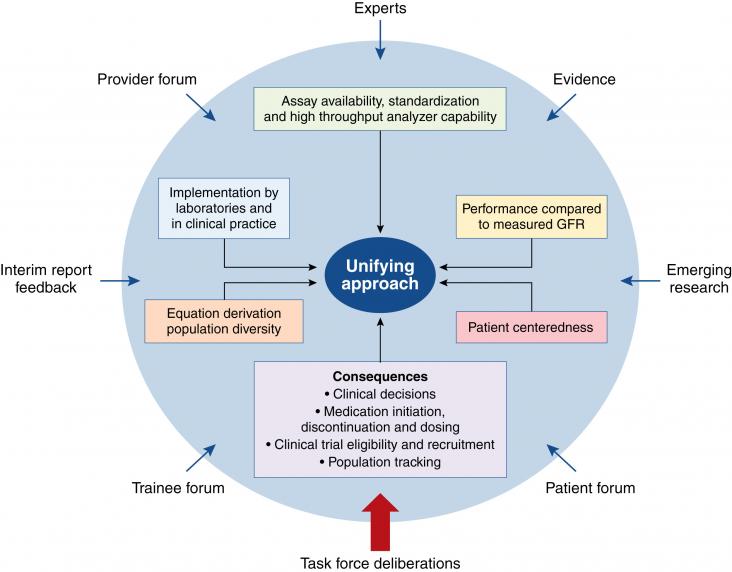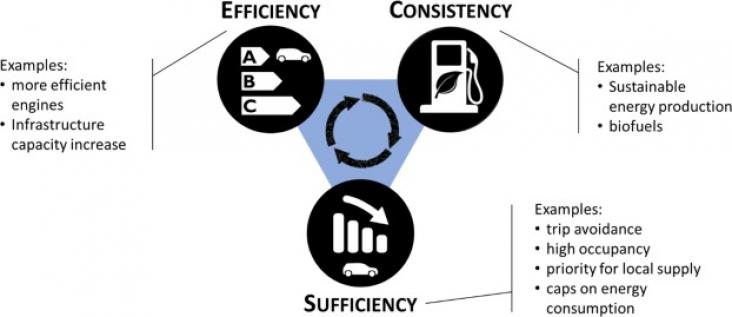The sequence diversity of HIV-1 is the biggest hurdle for the design of a prophylactic vaccine. Mosaic (Mos) antigens consisting of synthetically shuffled epitopes from various HIV-1 strains are currently tested in the clinical vaccine trial Mosaico (NCT03964415).
Advances in science have ushered in a wave of new potential curative and control strategies for HIV that could eliminate the current requirement for life-long antiretroviral therapy (ART) for people living with HIV (PLWH). In this article, we argue that it is critical to consider social contexts in the development of HIV cure trial protocols.
This Article advances SDGs 5, 9 and 10 by proposing intentional strategies for closing the gender pay gap in radiology, one of the four medical specialties with the largest gender pay gap. Closing the gender pay gap will demonstrate that radiology values diversity, inclusion, families, and patient outcomes.
This article addresses ways to share the burden of care for those with dementia.
This Article supports SDGs 3, 5, and 10 by providing global, regional, and country estimates of physical and sexual violence against women by male intimate partners, calling for investments in multisectoral interventions and a strengthening of the public health response, especially in the face of post-COVID-19 reconstruction efforts, to meet SDG targets.
Background: Among patients with type 2 diabetes, minority racial/ethnic groups have a higher burden of cardiovascular disease, chronic kidney disease, and hypoglycaemia.

Background: In response to a national call for re-evaluation of the use of race in clinical algorithms, the National Kidney Foundation (NKF) and the American Society of Nephrology (ASN) established a
Transportation is a basic social need, but most trips are done by private vehicles, which is not environmentally sustainable with growing urban populations.

Transport emissions play a large role in climate change. Unfortunately, measures to address this risk creating inequalities in access to mobility. This article proposes policy recommendations to reconcile these two problems.
This paper examines a Native Hawaiian led effort to redress the removal of Indigenous Peoples from ancestral lands. This demonstration provides an important example of how biocultural strategies can achieve landscape restoration in Hawaiʻi. We outline how the Pu‘uwa‘awa‘a Community-Based Subsistence Forest Area is approaching common dryland restoration goals.
